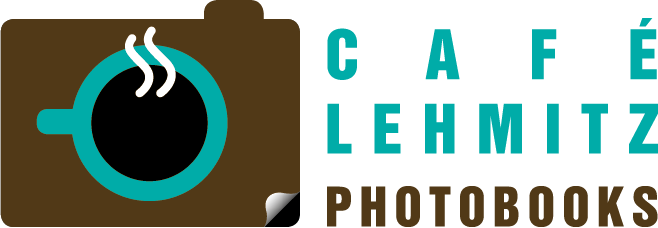About the German photographer, Emil Otto HOPPÉ (1878-1972)
Emil Otto HOPPÉ launched his career in Britain in 1907 and quickly became London’s preeminent portrait photographer, stylishly documenting the artistic elite and the political and financial brokers of the Edwardian era. By the mid-1920s, he turned his attention to industrial development, first in the United States, and later in Ireland, Britain, and Germany. Emil Otto HOPPÉ corresponded extensively with the great German modernist Albert RENGER-PATZSCH, anticipated the work of August SANDER in his photographs of human types, and is compared to his American peers Edward STEICHEN, Alfred STIEGLITZ, Charles SHEELER, Ansel ADAMS, Walker EVANS and Edward WESTON. Emil Otto HOPPÉ died in London in 1972, his influence is only now being rediscovered and acknowledged in contemporary art histories.
Photo books by and on the work of Emil Otto HOPPE
'German work'

 Deutsch
Deutsch
 English
English